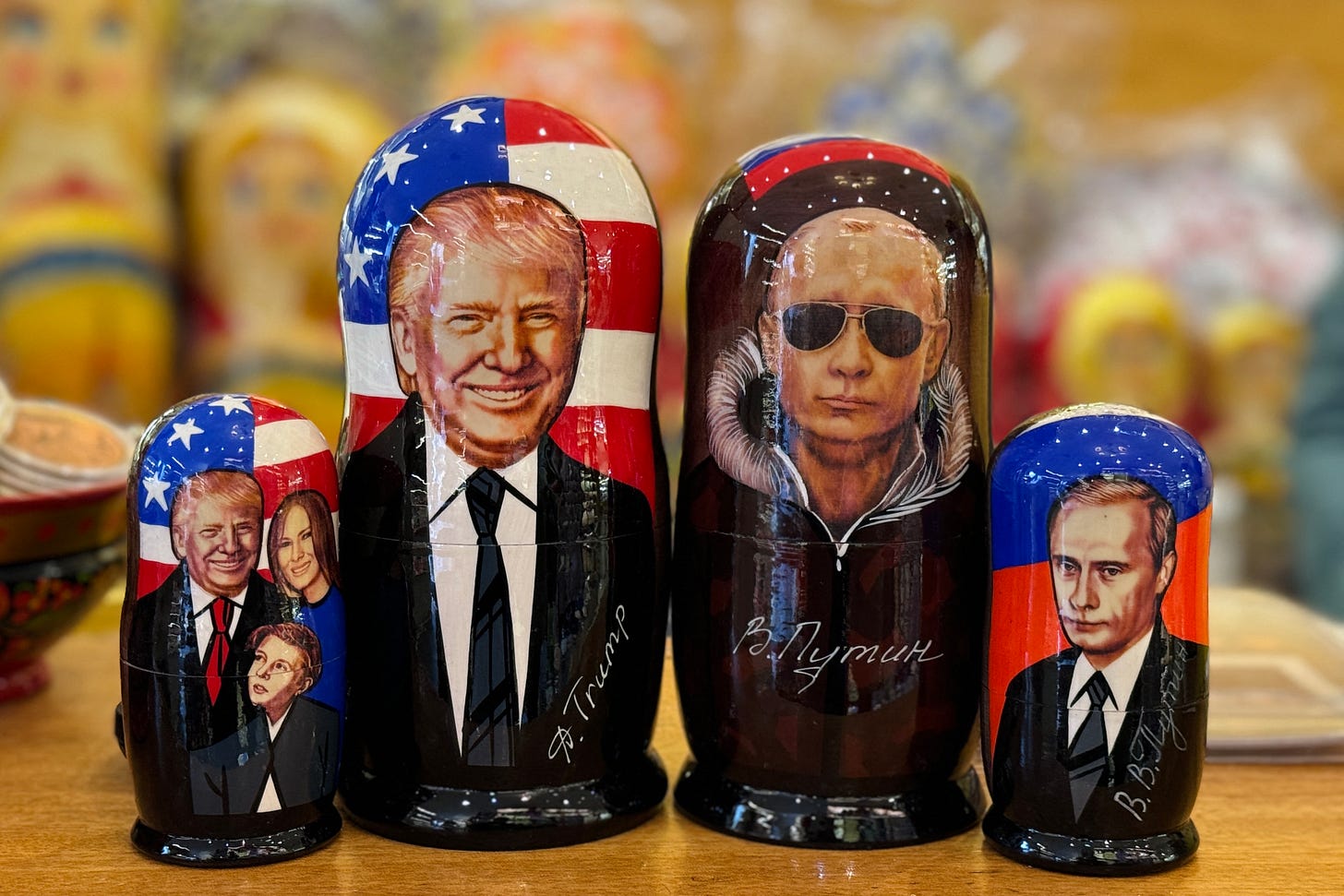
In November 2023, the Economist published an interview with Valery Zaluzhny, the commander-in-chief of the Ukraine armed forces, who acknowledged that the war with Russia had become a stalemate. “There will most likely be no deep and beautiful breakthrough,” Zaluzhny said. “The simple fact is that we see everything that the enemy is doing and they see everything we are doing. In order for us to break this deadlock we need something new, like the gunpowder which the Chinese invented and which we are still using to kill each other.”
The interview made headlines, but nothing happened. The war continued, with Ukraine receiving support from the Biden administration. Zaluzhny was one of a series of military commanders to be fired by President Volodymr Zelensky. (A presidential election scheduled for 2024 did not take place, and Zelensky has stayed in office, as Ukraine has been under martial law.)
I wrote at the time that Zaluzhny’s stunning words had been planned in advance, as the Economist editors couldn’t have known, via a series of indirect contacts between Zaluzhny and Russian General Valery Gerasimov, who has been chief of staff of the Russian army since 2012.
I was told by an involved American official that the objective of the interview was to apply public pressure on the US and Russia to end a trench war in which there was no victory to be had. Generals from Ukraine and Russia are still talking, I was told this week, and the prospects of a settlement are much better because the input from the US comes not from the rigid Biden administration but from President Donald Trump, who has been far more open to contact with Russia. “Too many Americans,” the official added, “see Ukraine as one of the original thirteen colonies and Putin as King George III,” the mad British king who lost the American colonies during the Revolutionary War.
Keep reading with a 7-day free trial
Subscribe to Seymour Hersh to keep reading this post and get 7 days of free access to the full post archives.



